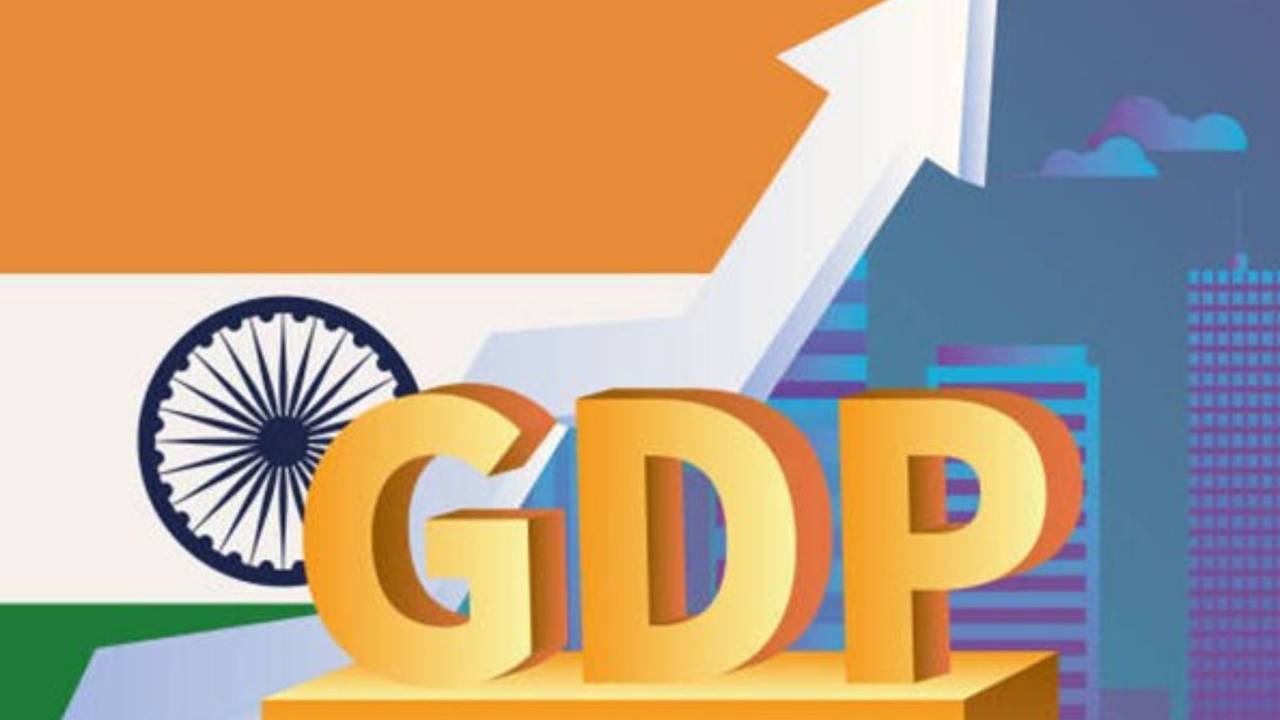S&P Global Ratings upgraded India’s long-term sovereign credit rating from ‘BBB-‘ to ‘BBB’ with a stable outlook, reflecting increased confidence in India’s economy.
India just got a financial pat on the back. S&P Global Ratings has upgraded India’s long-term sovereign credit rating to ‘BBB’ from ‘BBB-’ with a stable outlook. The short-term rating also improved, moving up to ‘A-2’ from ‘A-3’. This may sound like financial jargon, but what does it actually mean for India and for investors?
Understanding the BBB Rating
Think of a credit rating as a country’s financial report card. Just like banks check your credit score before giving you a loan, global investors check a country’s rating before putting their money in.
- AAA: Top of the class – extremely safe.
- A to AA: Strong and reliable.
- BBB: Considered safe, but not without a few challenges.
- BB or below: Risky territory, often called “junk.”
So, India’s move from BBB- to BBB is like moving up a grade in school—it’s still in the safe zone, but now with a stronger vote of confidence.
Why Did S&P Upgrade India?
S&P pointed to a few key reasons for this upgrade:
- Fast growth: India’s economy grew an average of 8.8% between FY22 and FY24, the fastest in Asia-Pacific. Growth is expected to stay healthy at around 6.8% a year for the next three years.
- Stable policies: Fiscal discipline, inflation control, and steady reforms have reassured investors.
- Infrastructure boom: Big push on roads, railways, and capital projects—government spending now makes up about 5.5% of GDP.
- Better fiscal health: The budget deficit, while still high, is expected to steadily shrink over the next few years.
What Does This Mean for India?
This upgrade has real-world implications:
- More investor confidence – Foreign investors are more likely to put money into India, seeing it as safer.
- Cheaper loans for the government – A better rating can help India borrow at lower costs in international markets.
- Stronger rupee – Confidence in the economy can support the currency during turbulent times.
The Caveats
It’s not all smooth sailing. S&P flagged a few concerns:
- India’s government debt is still high.
- Fiscal deficits, though improving, remain large.
- Per capita income is still relatively low compared to other emerging economies.
If growth slows or fiscal discipline slips, the rating could come under pressure again.
